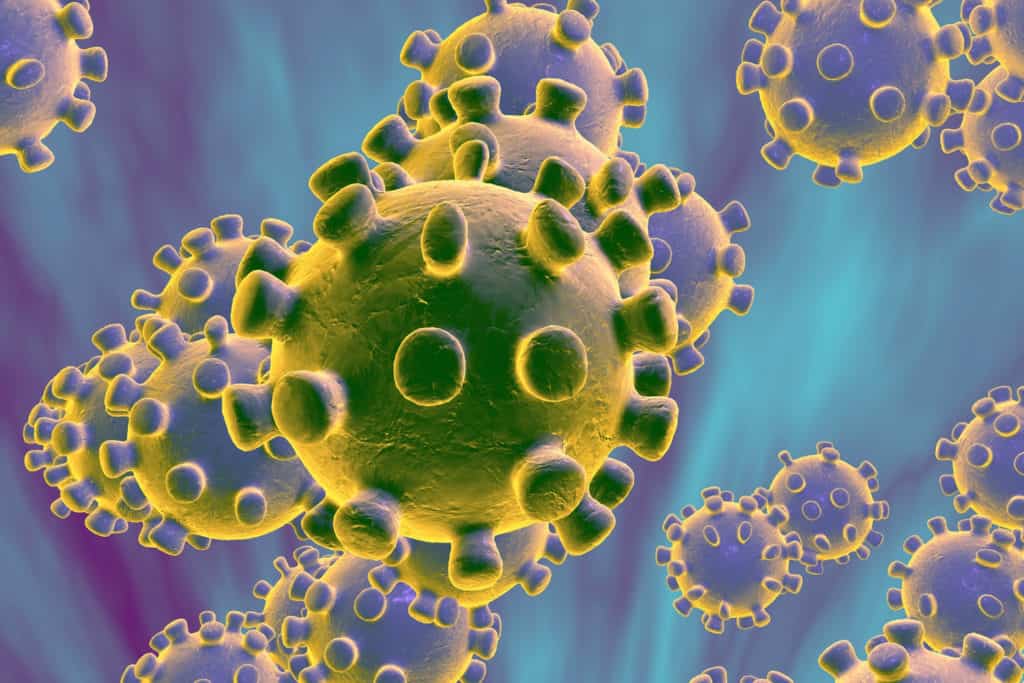To Clear Off Viruses, Cells Make Their Own Detergents
Nikki Attkisson | Last Updated : July 20, 2021Public cleanliness practices have centered on the cleaning, sterilization, and disinfecting of observable material and microorganisms for a variety of cultural, aesthetic, and medical reasons from the invention of soap. The suggested use, efficiency, hazard to consumers or building occupants sustainable development, and environmental effect of cleaning procedures and materials vary greatly.
The human body has a self-cleaning mechanism as per the latest research that helps not only the immune system to be stronger but also keeps itself updated to counter the viruses and bacteria that can damage the body.
To Clear Off Viruses, Cells Make Their Own Detergents
This mechanism is very important to keep the body safe not against any specific disease but also to fight changes that occur due to change in weather and with the habits of an individual. The research can help diagnose and detect many more situations that are yet not revealed.
Advances in technology have made in-depth evaluations of the interior microbiome possible, and research suggests that the conventional “scorched earth cleanup” way of thinking that floors should be totally sterilized to protect microbial formation could donate to lengthy living beings health effects. Furthermore, organic compounds are added to or removed from the interior environment by substances, services, actions, and associated microorganisms.

The consequences of cleaning on the interplay of biochemistry, environmental microorganisms, and human health are examined in this article.
Consequences for Practice
- Simple efforts, like washing hands, could have a significant impact on one’s health and limit the spread of dangerous diseases.
- Chemical Stability intervention, although helpful, could promote the establishment of bacterial tolerance in the long run if not appropriately administered.
- Bacterial populations adjust, reconstruct, and survive, and a new bacterial biology concept proposes that managing bacterial populations rather than aiming to eradicate them indefinitely is more viable.
For millennia, the concept of hygiene has molded our sociopolitical environment, as well as the methods through which we achieve it, and varied as the methods by which we achieve it. The first evidence of detergent use dates back to 2800 BC, yet various societies have historically stressed cleanliness and the clearance of apparent filth or advised it against.
Washing was more commonly utilized for ceremonies or hospitality, as well as to remove odors, than for removing human or animal excrement as a possible cause of disease. Yet, during the last millennium, urbanization has spurred rapid complex social and habitational development, altering our relationships and our environments, leading to document, transnational epidemics, and exacerbating waste management, sanitation, and public health challenges.
Our motivations for cleaning have developed over time to include infection treatment or prevention; yet, earlier illness prevention is often dependent on panic and anecdotes. Starting in the 2nd-century town-scale lockdown has been used to avoid the expansion of seemingly uncontrollable outbreaks, and by the 5th century, clinics had become more prevalent, but while sufferers frequently lingered in dilapidated and unsanitary circumstances were regarded as places to die instead of heal. Researchers, health experts, and the public at large did not begin to comprehend the process of cleaning for hand hygiene until the seventeenth century, but concepts and implementations of public health programs were occasionally met with hostility.
The antidote to sterilization, cultivating a superficial bacterial population, or utilizing probiotic detergents, shows some promise although is still in its early stages, and in vitro monitoring has proven problematic for assessing such in regulated circumstances.
We’re only now starting to grasp the complexity that arises from our symbiosis connections with our indigenous organisms, and more lately, the complexities of our microbiota and wellness in relationship to bacterial and chemicals exposures transmitted by the constructed surroundings.
With over 15 years as a practicing journalist, Nikki Attkisson found herself at Powdersville Post now after working at several other publications. She is an award-winning journalist with an entrepreneurial spirit and worked as a journalist covering technology, innovation, environmental issues, politics, health etc. Nikki Attkisson has also worked on product development, content strategy, and editorial management for numerous media companies. She began her career at local news stations and worked as a reporter in national newspapers.
